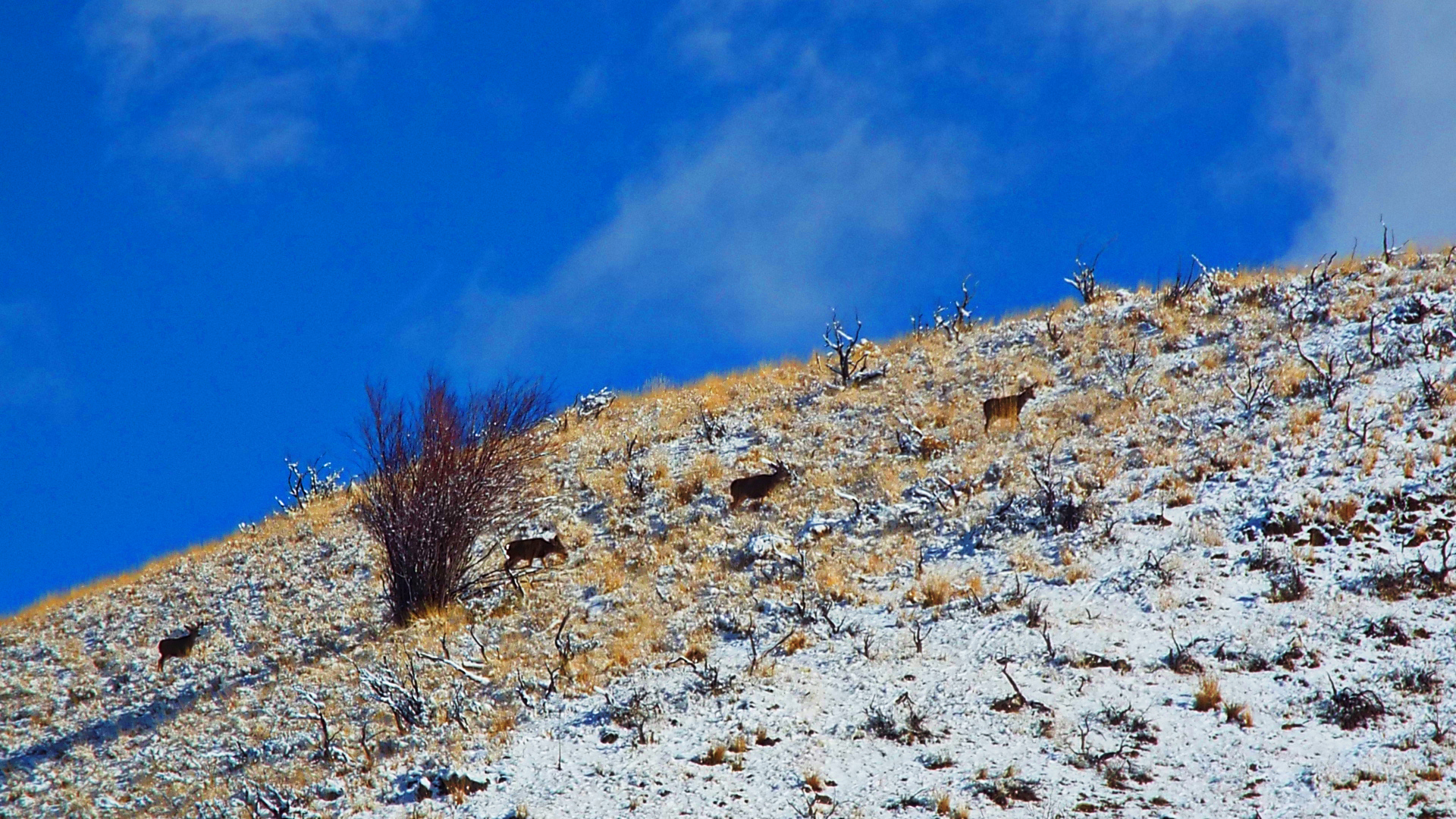For those of us who love muleys, we see them and are in awe of their beauty. Watching the bucks during the rut is one of my favorite things to do. But, how much do you know about mule deer?
Here are five interesting facts from the Mule Deer Foundation that you may or may not know about these beautiful beasts that make darn burgers (depending on how you season them and what area you harvest them), fantastic jerky and delicious sausage:
How long do mule deer live?
Mule deer usually live 9-11 years in the wild and can live to be much older when in captivity.
Do mule deer have good vision?
Because the eyes of mule deer are located on the sides of their heads, they can see a 310 degree view around themselves. They have better nighttime vision than humans, but less accurate daytime and color vision.
Mule deer can detect slight predator movement up to 600 meters away, but they are not very good at detecting motionless forms.
Do mule deer have a good sense of smell?
Some biologists estimate that a mule deer’s sense of smell is up to 1,000 times stronger than a human’s. Research suggests that a mule deer can detect human odor at up to a half mile away. They can detect water that is up to two feet below ground.
What do mule deer do when alarmed?
A mule deer does not “flag” its tail (like a white-tailed deer), but often bounces away in a motion called “stotting,” in which all four hooves push off the ground at the same time. With each bound, a mule deer may jump as high as two feet and as far as 15 feet. A mule deer may not escape as fast as a white-tailed deer, but a mule deer is more effective in quickly moving through rugged terrain.
Where do mule deer live?
Mule deer and black-tailed deer (collectively called mule deer, Odocoileus hemionus) are icons of the American West. They are distributed throughout western North America from the coastal islands of Alaska, down the West Coast to southern Baja Mexico and from the northern border of the Mexican state of Zacatecas, up through the Great Plains to the Canadian provinces of Saskatchewan, Alberta, British Columbia and the southern Yukon Territory.
Both species may stop and look back at the source of potential danger, but this behavior is more typical of mule deer.
It’s always good to know as much as possible about the animals you hunt, and the Mule Deer Foundation is an excellent resource for mule deer education and conservation. To become a member, get educated, check out upcoming events, renew your membership or find a chapter near you, visit www.muledeer.org.

(Photos via Trapline Photography)